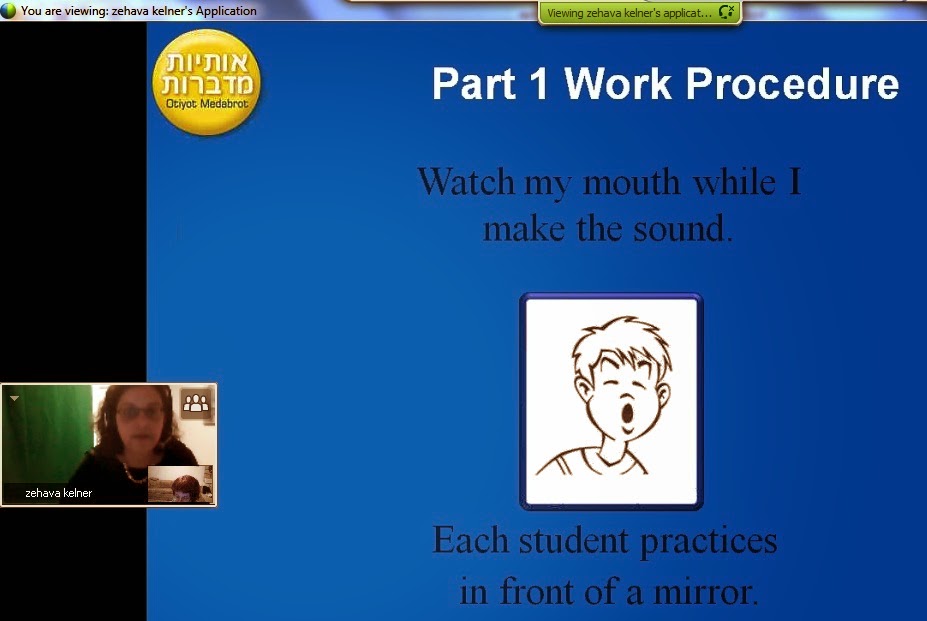Teachers have numerous strategies for teaching children to read. These methods include metacognition ("thinking about thinking"), modeling reading, repeated readings, phased readings, performance feedback and more.
Children with learning disabilities, however, learn
differently. Teaching them to read involves a different skill set and demands a
program that focuses on their strengths. Such a program must also move at a
pace that is appropriate to the child's abilities and readiness.
Zehava Kelner has spent many years studying the process
of teaching Hebrew reading to special needs students. She has discovered that,
whereas typical students are able to easily move from the phonological stage of
reading to the comprehension stage, special needs students have more
difficulties in remembering letter sounds and names. These students find it
difficult to transition from creating the proper sound for each letter to reading
for accuracy and fluency.
Ms. Kelner has developed a new and exciting method for
teaching Hebrew via phonology. This method, Otiyot Medabrot, is appropriate for
all students, but is especially useful for special needs students who require
more practice and emphasis on the phonological stage of reading.
Ms. Kelner determined that when some young readers skip the phonological stage of reading, they get "stuck" at the logographical stage. Some children compensate -- moving on to the next stage by utilizing word recognition or making predictions. Others, specifically special needs students, require a different type of reading instruction in order to help them complete the cycle and move on to fluent reading.
JETS Israel sponsored a recent webinar for professionals who work with special needs children at which Ms. Kelner introduced the Otiyot Medabrot method in which letters and vowels are taught through gradual introduction of sounds and short words. The method involves a structured progression through the Hebrew letters and vowels. Students learn each letter by practicing the proper mouth structure for each separate sound, and then letter + vowel, in front of a mirror. Study aids help student move through these stages in a careful progression until the child begins to read.
Teachers know that children learn differently. The question has always been, how to find the correct learning strategy for each child. Ms. Kelner has been successfully teaching phonetics-based Hebrew reading to children who, for whatever reason, missed out on the reading basics, for many years. Her Otiyot Medabrot method has proven especially successful for children with various learning disabilities and cognitive challenges.










No comments:
Post a Comment